
The Equinest archives
Dracaena Palm – Toxic Plant of the Week
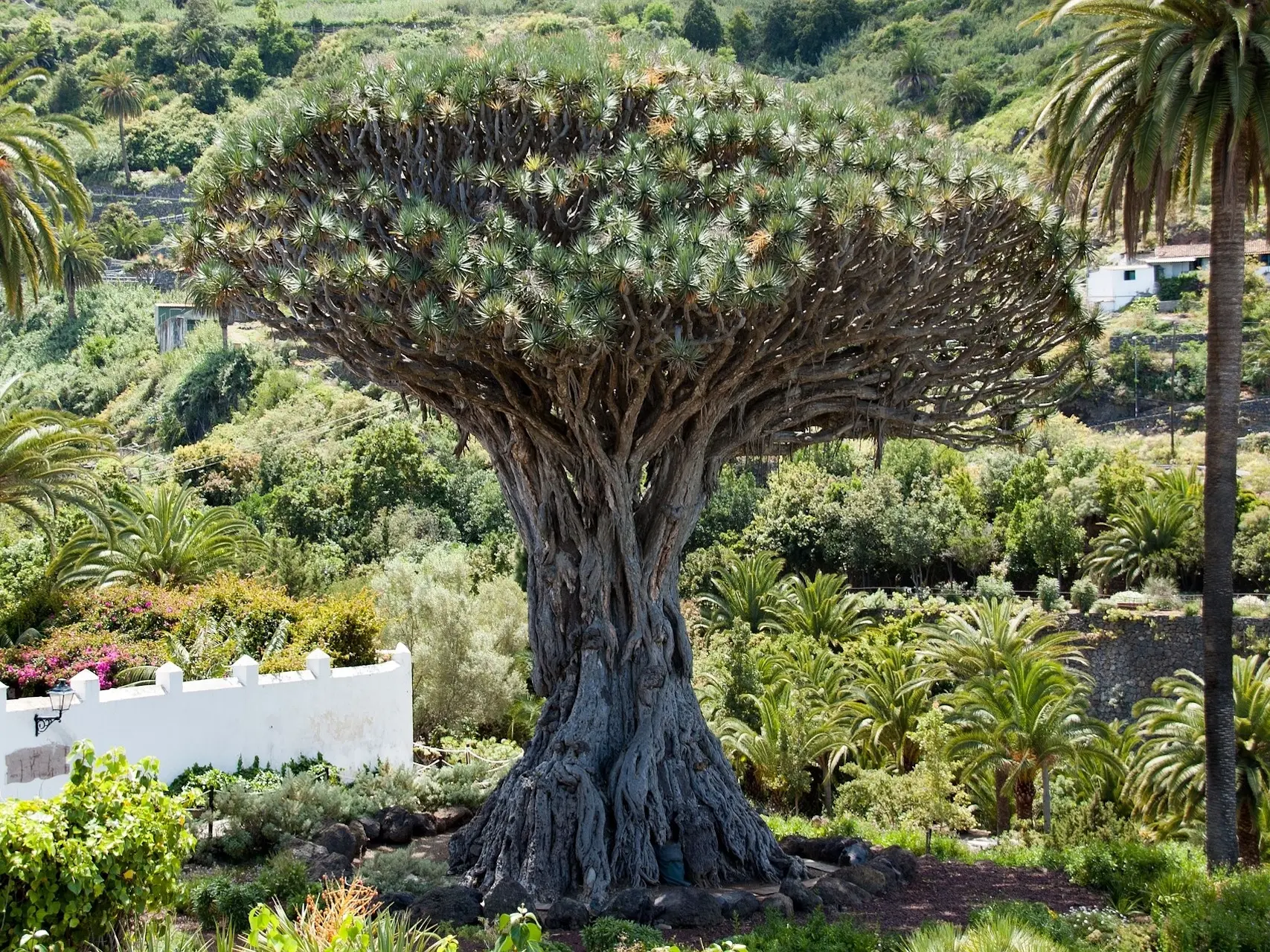
Another new week means another new plant to be on the lookout for. Today’s plant looks like it is older than time itself, the Dracaena Palm is one tough character.
Read more
The Horses Mouth Episode 10
 Today’s video is episode ten of a series that I’ve been posting as they publish. The Horse’s Mouth tells the inspirational stories of horses & their people.
Today’s video is episode ten of a series that I’ve been posting as they publish. The Horse’s Mouth tells the inspirational stories of horses & their people.
Episode 10
Each episode is dedicated to a different horse lover, their equestrian facilities and their horsey friends. The tenth episode features Dr. PhD candidate Darlene Chalmers who is working with the University of Calgary to examine the horse human relationship through an academic filter. She is working with Christian McEachern and his horse Sozo. McEachern is a 14 year Veteran of the Canadian Forces and PTSD survivor. Through a chance encounter with host, Monica Culic, McEachern discovered the magic that is horses.
Read more
Grey Modifier – Horse Coat Colors
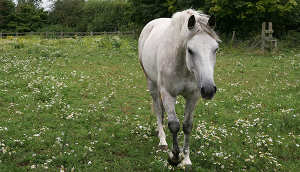 Recently I’ve been updating the images in my colors section and giving the section a bit of a facelift. It’s a lot of work, but it’s a pretty job.
Recently I’ve been updating the images in my colors section and giving the section a bit of a facelift. It’s a lot of work, but it’s a pretty job.
Modifiers
There are a wide variety of color modifiers which can affect both the base colors as well as each other. They can also be further affected by dilutions and white patterns. Today I want to share a little about the grey modifier and how it affects horse color.
Read more
The Meeting
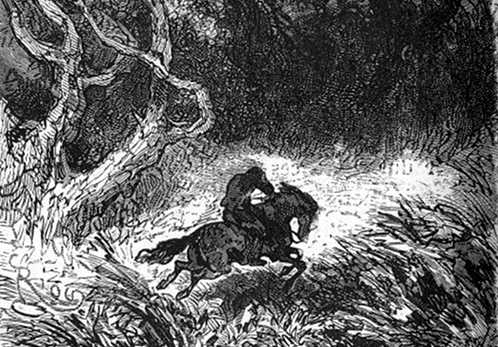
Downy Brome – Toxic Plant of the Week
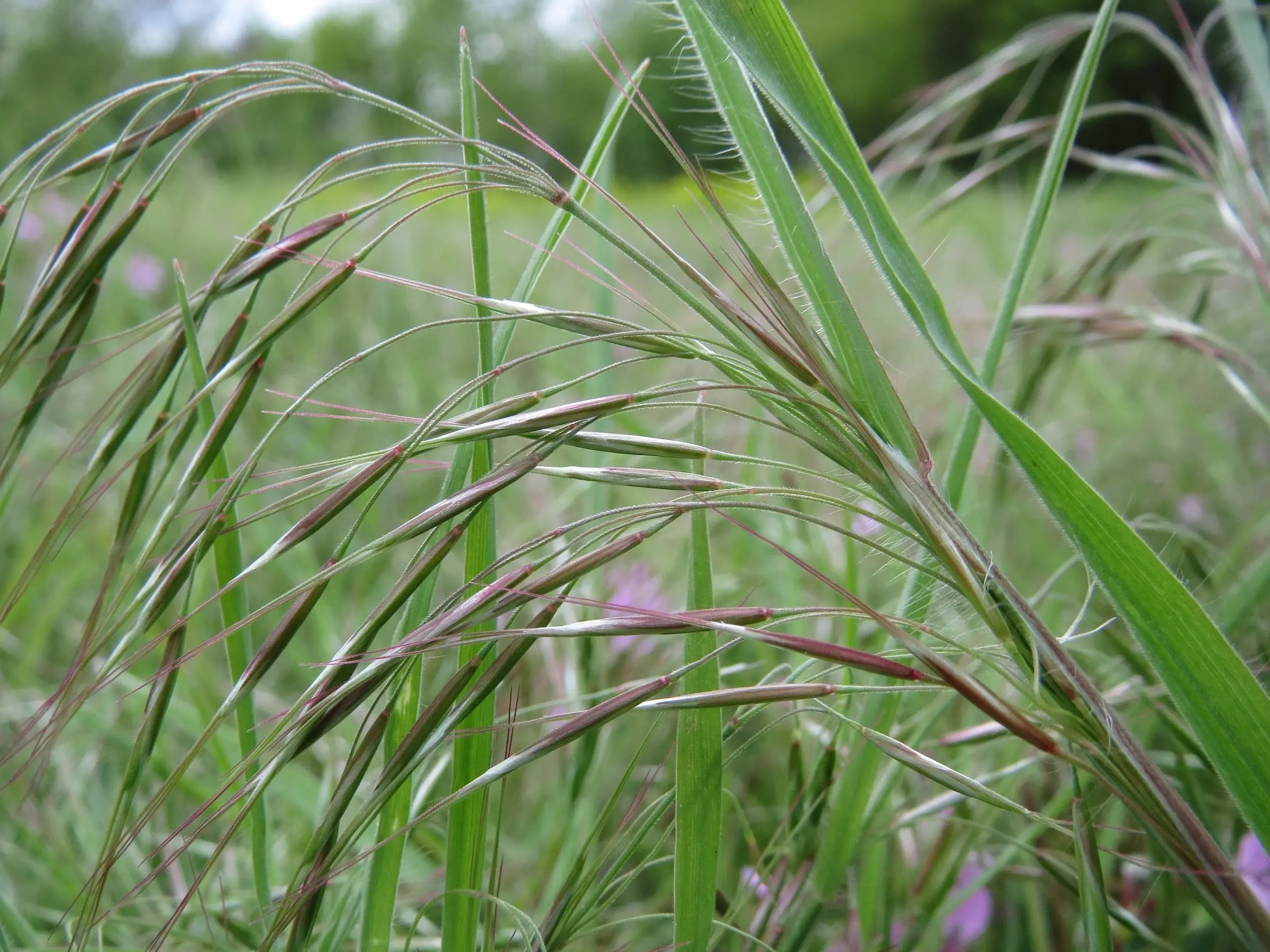
Monday morning and time to learn about yet another plant that could hurt your horse. Today’s plant is Downy Brome, very common – but luckily it’s only a problem at certian times of the year .
Read more
The Horses Mouth Episode 9
 Today’s video is episode nine of a series that I’ve been posting as they publish. The Horse’s Mouth tells the inspirational stories of horses & their people.
Today’s video is episode nine of a series that I’ve been posting as they publish. The Horse’s Mouth tells the inspirational stories of horses & their people.
Episode 9
Each episode is dedicated to a different horse lover, their equestrian facilities and their horsey friends. The ninth episode interviews Dr. Greg Evans of the Moore Equine Veterinary Centre who provide health care to the animals of the the Calgary Stampede Ranch. Join host Monica Culic at the beautiful Ranch’s rolling acres as Dr. Greg shares about his work with horses.
Read more
Basic Chestnut – Horse Coat Colors
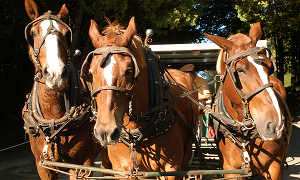 Recently I’ve begun updating the images in my colors section and getting in touch with the times when it comes to color. It’s a complicated ride, but it sure is a pretty one!
Recently I’ve begun updating the images in my colors section and getting in touch with the times when it comes to color. It’s a complicated ride, but it sure is a pretty one!
Basic Colors
Coloring in horses comes from a pigment called melanin which appears in two forms, eumelanin (black) and phaeomelanin (red). These two expressions are responsible for the two base horse colors, black and chestnut. All other coat colors come from an interaction between these two genes and that of various modifiers, dilutions and white patterns.
Read more
Sheridan At Cedar Creek

Dogbane – Toxic Plant of the Week
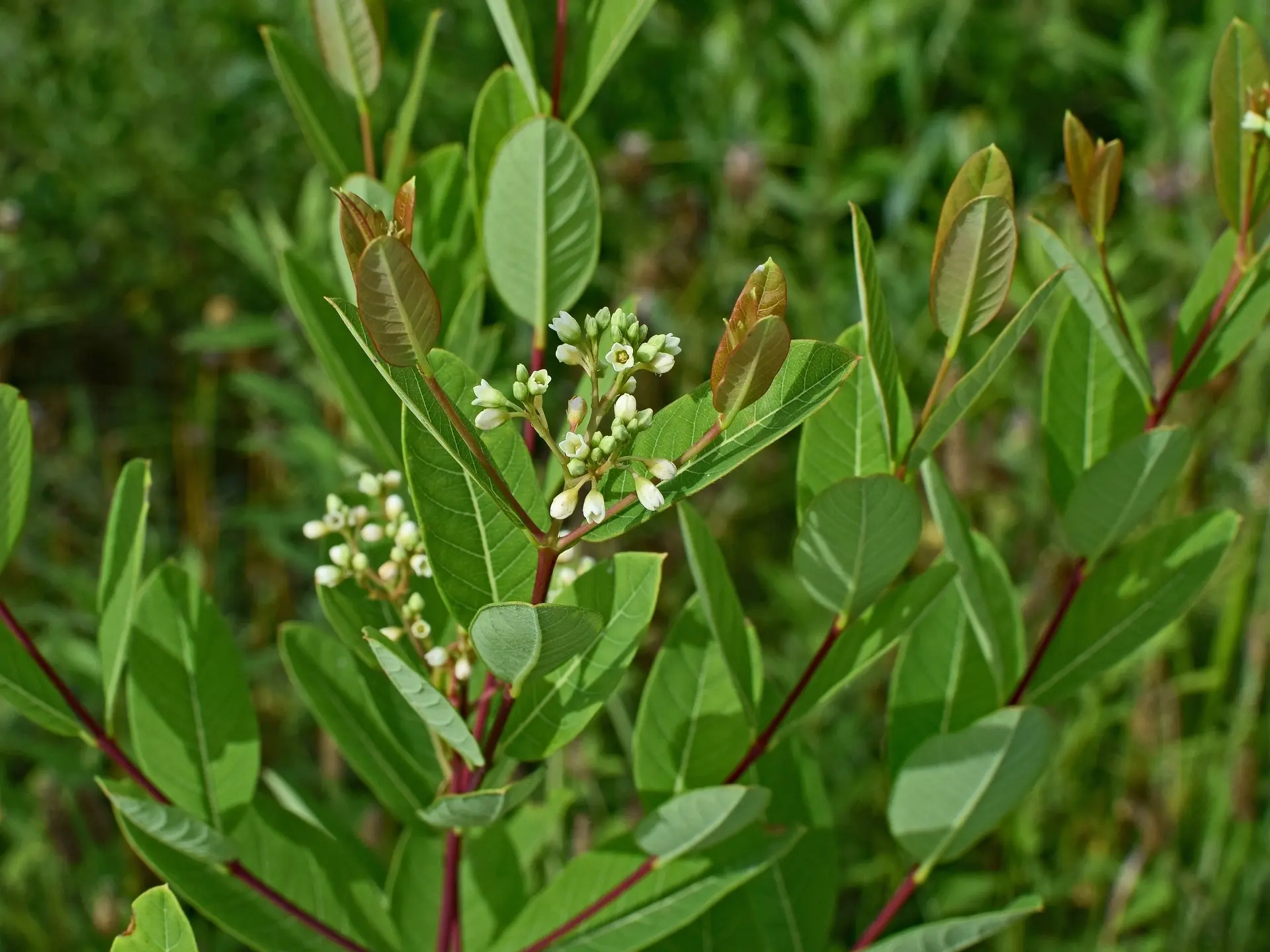
Monday morning and time to learn a thing or two about another plant that has it in for your horse . Today’s plant is incredibly common and could as easily be called horsebane, Dogbane is dangerous.
Read more
The Horses Mouth Episode 8
 Today’s video is episode eight of a series that I’ve been posting as I find them. The Horse’s Mouth tells the inspirational stories of horses & their people.
Today’s video is episode eight of a series that I’ve been posting as I find them. The Horse’s Mouth tells the inspirational stories of horses & their people.
Episode 8
Each episode is dedicated to a different horse lover, their equestrian facilities and their horsey friends. The eighth episode (and first 30 minute episode) interviews Dave Collins of the BC College of Equine Therapy in beautiful Vernon, BC. Dave shares some of his expertise and the show explores the college and how it can get students into the field.
Read more
Basic Black – Horse Coat Colors
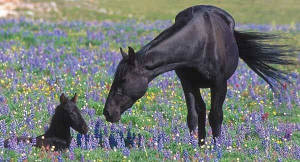 Recently I’ve begun updating some of the images in my colors section and getting in touch with the times when it comes to color. It’s a complicated ride, but it sure is a pretty one!
Recently I’ve begun updating some of the images in my colors section and getting in touch with the times when it comes to color. It’s a complicated ride, but it sure is a pretty one!
Basic Colors
Coloring in horses comes from a pigment called melanin which appears in two forms, eumelanin (black) and phaeomelanin (red). These two expressions are responsible for the two base horse colors, black and chestnut. All other coat colors come from an interaction between these two genes and that of various modifiers, dilutions and white patterns.
Read more